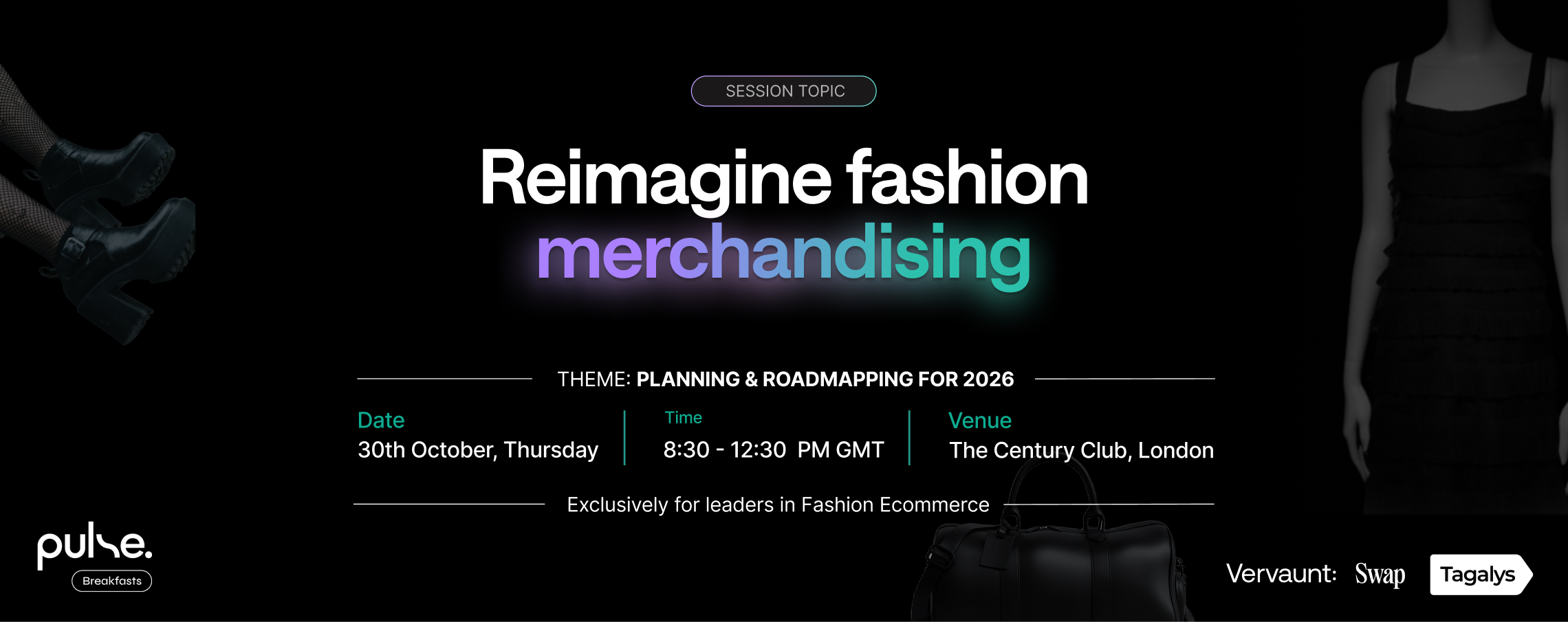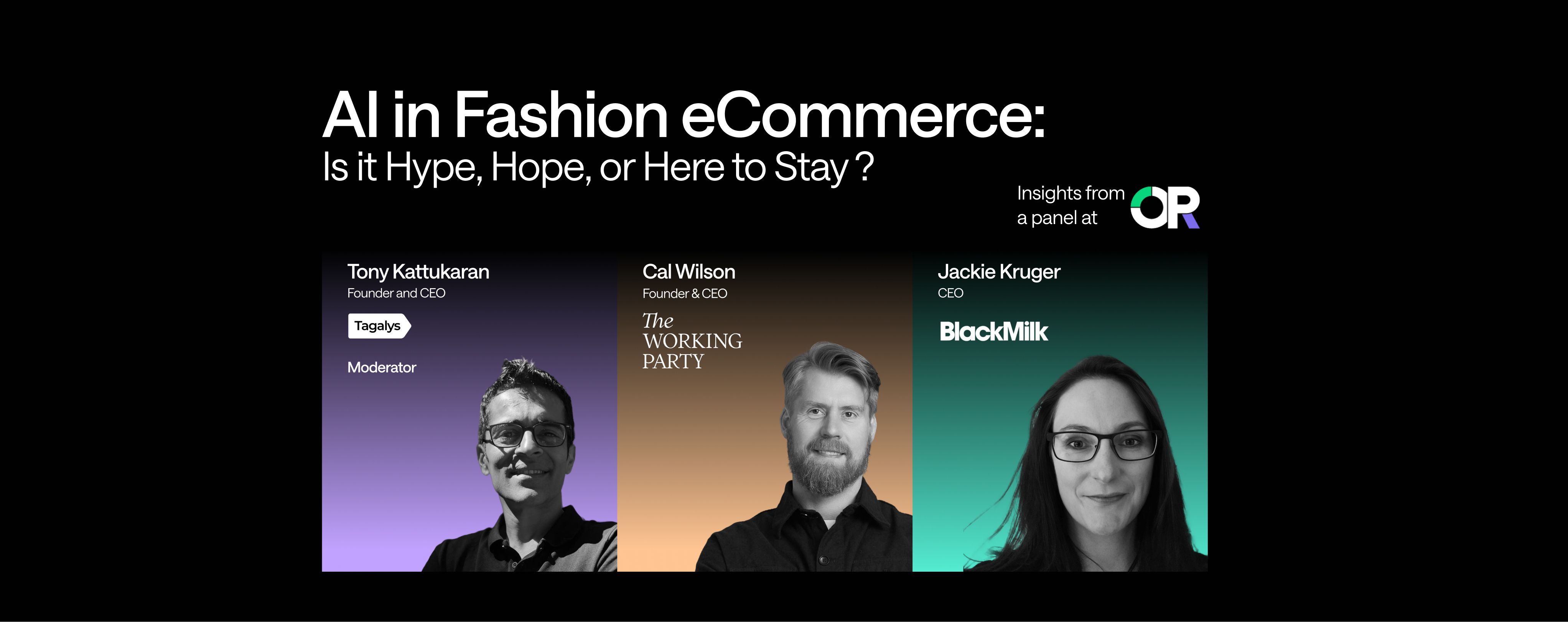
At Tagalys, we extract text data from the product catalog to start data enrichment. Hence we are biased towards text-based tagging :)
But let us also share some of the advantages and disadvantages of image search in eCommerce vs text search so that you can evaluate the same for yourself.
VERTICAL AGNOSTIC:
Tagalys can start working with an eCommerce company across any vertical and start showing improvements from day one. That is why we never hesitated to take on clients that sell:
- apparel
- shoes
- accessories
- jewelry
- food and building material
As long as they meet certain minimum requirements of scale.
This is because our engine relies on text data that is usually available in various parts of the product catalog. Unlike image recognition we do not need any training data (vast sums), to reach a 90% accuracy in auto-generating tags.
DATA AVAILABILITY:
Image recognition products that are vertical focused extract tags from the image.
The advantages are that if the engine is trained properly, it has the ability to extract fine detail tags at scale with over 90% accuracy. Hence an image of a dress can lead to the extraction of externally visible tags tied to color, length, sleeve, neck, design, etc.
Text tagging engines like Tagalys rely on the content, hence if such details are missing they will not be considered in the analytics of visitor-product engagement.
But this also means if Tagalys cannot find such tags, nor can your online visitors or search engines like Google that rely on text data to understand the product better.
Hence it is in every retailer's best interest to ensure all details about the product are clearly outlined in the product catalog to promote improved product discovery both on the website and also in search engines.
The second question is how much of an added benefit will the retailer have in terms of engagement/conversion/revenues by auto extracting tags from images? As mentioned below, costs for such a high accuracy image extraction engine are higher than text tagging, leading to higher prices for the customer.
COSTS:
As text-based tagging does not require vast sums of training data to get started, but on available data, our cost is much lower than image recognition companies.
The costs for an image recognition company are not only acquiring vast volumes of images to build a database but also the time it takes them to create this database as that impacts the NPV of cash on hand. As our costs are lower, these savings are passed on to you, the customer.
CORE COMPETENCY:
If a retailer's problem statement is to improve personalization or showing the right products/content to the right visitors, then you need a personalization engine like Tagalys, whose focus is to create data models that simulate the shopping persona of visitors.
But if your problem statement is to auto-extract tags from images as there is no content, then a visual recognition engine is what you need, provided it has been previously trained with millions of images in the same vertical.
APPLICATIONS:
A personalization engine like Tagalys can be applied to any channel where a visitor is likely to discover products. This could be a listing page, search results, or recommendations widgets.
Visual or image recognition engines, whose core competency is to identify the image and the metadata (tags) from the image is best applied in the Similar products recommendation widget.
That being said, we recently worked with a jewelry retailer who switched from an Image Recognition to Tagalys recommendations and realized cost savings in monthly fees and higher revenues driven by better conversion from our recommendation engine.
Image recognition is also confined to verticals where there is enough data to improve the auto tag accuracy levels. If they need to be applied to any other features of eCommerce, then a personalization engine has to be built on top of the existing visual/image recognition engine.
ERROR TOLERANCE:
A combination of image recognition to extract the tags and human tagging might help reduce error tolerance.
Product catalog data that is a must-have for an e-commerce platform and is usually entered by humans. This task sometimes has errors or incomplete submissions, that can impact the pattern recognition algorithms in Tagalys.
In over 90% of the cases, we find the data to be complete with some minute details missing by the data entry operator, but very seldom incorrect.
This is also because incorrect data can negatively impact the SERP score, as the content displayed on any listing page is based on the text data behind the product. Hence while we have seen good data from the catalog itself, adding an image-based system to identify tags in verticals like fashion, can extract additional data that can be leveraged by Tagalys.
Tagalys maximizes conversion rate & gives merchants visual control of products displayed in eCommerce Search, Category or Product Listing Pages & Product Recommendations at their online store. To know more about our solutions and features, get in touch with us now.














.svg)
.svg)
.svg)
.svg)
.svg)
.svg)



.png)

.png)
